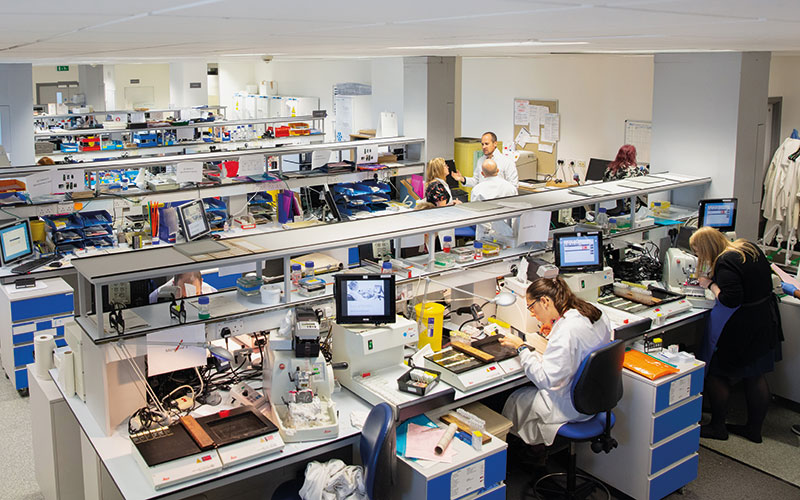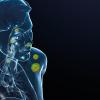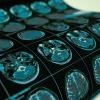Following her plenary session at IBMS Congress 2019 on “Total digital pathology”, Chloe Knowles looks at the lessons learned from her laboratory’s transition to scanning slides.

Leeds Teaching Hospitals has been scanning 100% of its surgical slides for over a year. In that time, around 280,000 slides have been scanned, over 20 lab staff trained, and created 330Tb of data. We have gained ISO15189 accreditation for digital pathology for primary diagnosis, and continue to scan 1000 slides a day.
Deploying digital pathology is an exciting challenge for a laboratory, and there are many aspects to consider to have a successful deployment. Here we look at the lessons that have been learned at Leeds Teaching Hospitals, through implementing digital pathology into the laboratory.
1.Stakeholder engagement
Involving all staff in the department is vital; from lab staff and management, to local IT. The communication given has to be relevant, specific and regular to ensure everyone remains engaged. At Leeds there was varying opinion of how digital pathology would impact the lab. We distributed a survey to gauge knowledge and experience of digital pathology. Using the responses, we delivered presentations to ensure everyone was on the same page.
2. Workflow
Implementing digital pathology is a great way to review your laboratory process, from specimen reception through to reporting. Leeds used Lean principles to assess the workflow and evaluate how digital pathology would be incorporated. It is important that digital pathology is not considered as an additional step when planning your digital workflow.
3. Scanner location
Where to put the scanners is crucial; it reinforces that the digitisation of the glass slides is the final step in the laboratory process. At Leeds, we conducted a formal options appraisal of 10 locations. We assessed criteria such as walking time, hands-on time and any existing infrastructure. We chose a bench along the back wall, adjacent to all the microtomy stations. This kept digital pathology centralised and visible for all.
4. Slide preparation and scanning
Biomedical scientists and support workers know what constitutes good slide preparation, and the same principles apply when preparing slides for scanning. Tissue sections should be thin and placed in the centre of the slide. There should be no broken or overhanging coverslips, and no excess mountant around the edges of the slide. These steps maintain the lifespan of the scanners and avoid unnecessary delays. It is also important that there is no dirt or excess wax on the slides, which will cause the images to be out of focus. All slides at Leeds are checked and cleaned if necessary during the quality control procedure before being sent to the scanner.
5. ISO15189
Gaining and maintaining ISO15189 accreditation for any laboratory test is important, and digital pathology for digital diagnosis is no different. The laboratory needs to demonstrate to assessors that the process is safe for patients and staff. There are several things to consider when collating evidence to submit for accreditation.
Seeking accreditation
Change control- Digital pathology was a new process for Leeds, with new equipment and new skills, which needs to be managed appropriately. Following a change control procedure ensures that the correct people are identified, and the appropriate paperwork is completed to ensure a successful deployment.
Risk assessments- These are a core aspect of implementing any new process into the laboratory. There were four types of risk assessment completed at Leeds General:
- The location of digital scanning equipment and workflow
- Equipment identified/potential risks with moving parts of the equipment
- Process made sure the workflow was safe for patients and staff
- Display screen equipment for all users, even if they had completed one previously.
Validation and verification-
Laboratories must provide evidence to assessors that they have proved that the equipment aligns with the performance that the manufacturer states. In terms of digital pathology, this can include: scan time, internal and external components of the scanner perform correctly, and uncertainty of measurement. The validation and verification must be a written document, including results and outcomes of internal testing. A way of completing this for digital pathology is to perform tests against the initial manufacturer’s installation checklist.
Comparability and reproducibility-
Leeds currently has nine digital pathology scanners, and their performance needs to be monitored. The images produced need to be consistent across all scanners. Inter-laboratory schemes are traditionally used to demonstrate comparability and reproducibility, but as digital pathology is in its infancy for primary diagnosis, this may be difficult to achieve. Internal methods can be used to demonstrate this, by scanning the same batch of slides on each scanner for a pathologist to review the quality of the images.
Training and competence-
In order to keep the process consistent and controlled, standard operating procedures (SOPs) need to be available for staff. The tasks outlined in the SOPs need to be reflected in training and competence documentation to demonstrate that staff are able to carry out specific tasks efficiently. These records also need to be continuously updated in line with any changes to SOPs or goals that were set during the previous round of training.
Preparation for ISO15189 accreditation requires a lot of hard work and dedication from the laboratory. At Leeds there were 14 people involved with the accreditation process, with a total of 62 documents submitted as evidence. The team worked tirelessly to make it possible, with approximately 6000 hours of total time spent. This resulted in only seven findings, and one accreditation of digital pathology for primary diagnosis.
Leeds continues to build on its digital pathology service, looking at ways we can improve the patient pathway, in a time where we are seeing pressure in terms of turnaround times and staff retention. In the future, Leeds is hoping to utilise the benefits of digital pathology across the West Yorkshire region to aid faster second opinions and referrals, meaning patients will have less time to wait in an already unsettled time in their lives.
Chloe Knowles is a Specialist Biomedical Scientist and Lead for Digital Pathology at Leeds Teaching Hospitals NHS Trust




